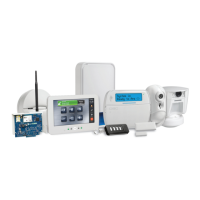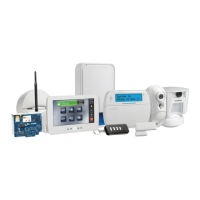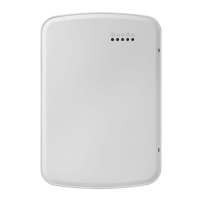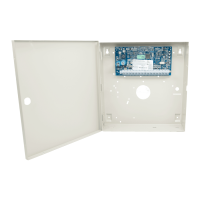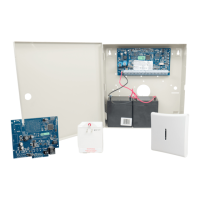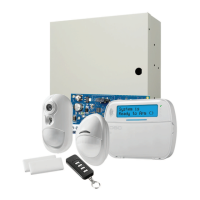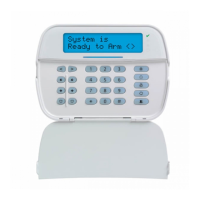What to do if my DSC HS2128 Controller displays 'Service Required'?
- PPaul FisherAug 15, 2025
If your DSC Controller displays 'Service Required', press [01] to determine the specific trouble. Other causes may include an open circuit, excessive noise detected by the wireless receiver, an auxiliary power supply trouble, an unset internal clock, or an open circuit in HSM2204 output#1. Check each of these potential issues to resolve the problem.
